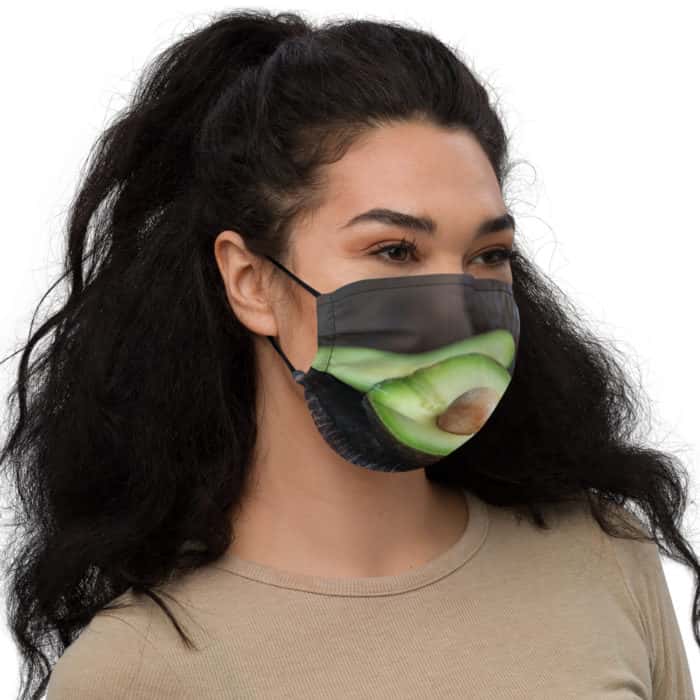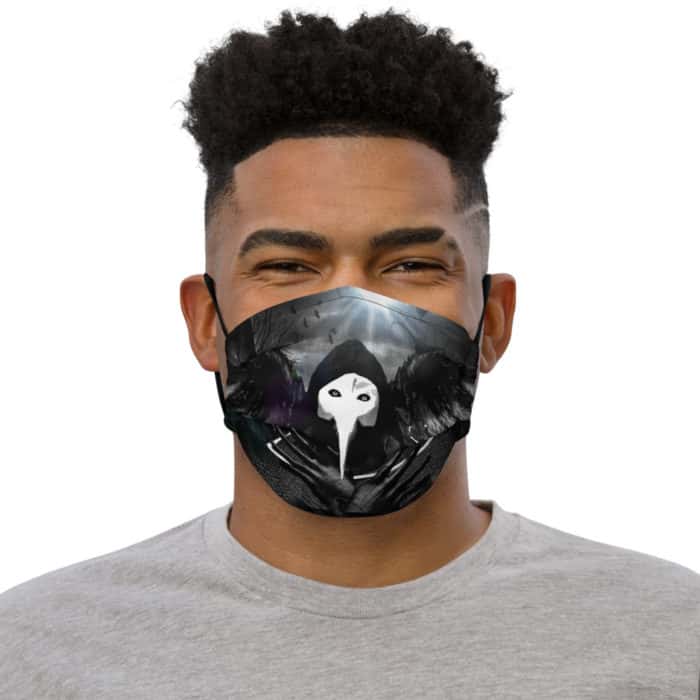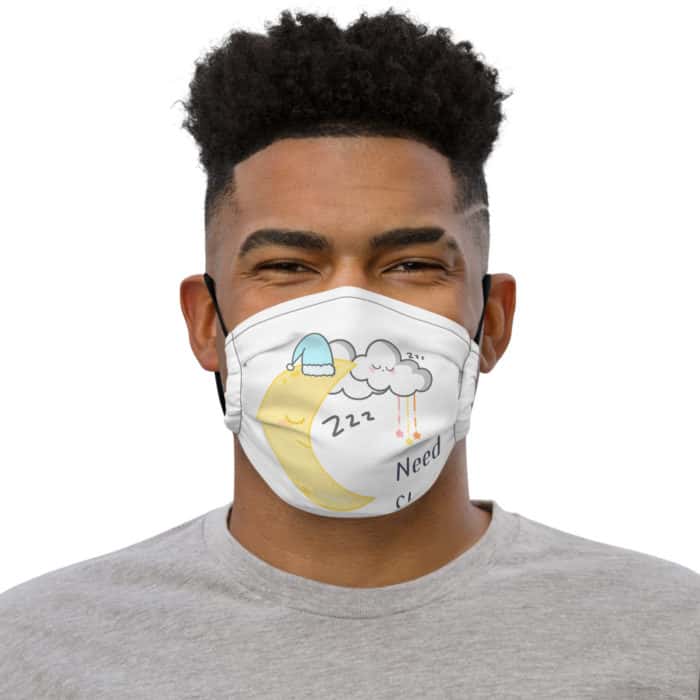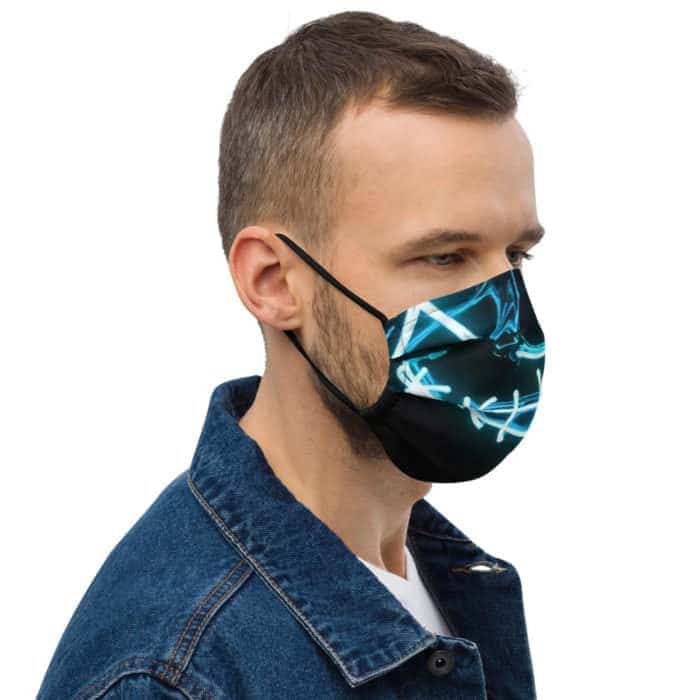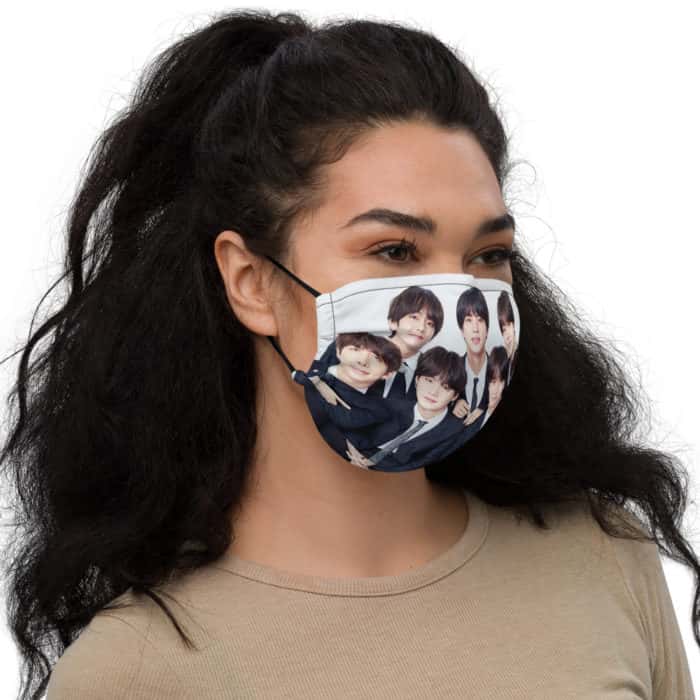Introducing a purr-fect innovation for motorcycle enthusiasts – cat ears for your helmet! Experience a blend of style and safety as these adorable accessories not only add a touch of feline charm to your ride but also enhance visibility on the road. Get ready to turn heads while cruising in utmost confidence with these unique cat ears designed exclusively for motorcycle helmets.
1. Cat Ears: A Stylish Addition to Motorcycle Helmets
Motorcycle helmets have always been a crucial safety accessory for riders, but who says they can’t be stylish too? Enter cat ears – the purr-fect addition to any motorcycle helmet that adds a touch of whimsy and personality to your ride. These adorable accessories have taken the motorcycle world by storm, with riders of all ages embracing the trend.
Whether you’re a seasoned biker or just starting out, adding cat ears to your helmet is a surefire way to make a statement on the road. Not only do they look great, but they also provide an opportunity for self-expression and creativity. With so many different designs and materials available, you can find cat ears that match your style and personality.
The Benefits of Cat Ears on Motorcycle Helmets:
- Enhances visibility: The protruding shape of cat ears can help increase rider visibility on the road, making it easier for other motorists to spot you.
- Adds aerodynamic flair: Believe it or not, cat ears can actually improve aerodynamics by reducing wind resistance and improving stability at high speeds.
- Makes you feel like a badass: Let’s face it – wearing cat ears on your motorcycle helmet instantly makes you feel like a badass. It’s like having your own personal feline-inspired superpower.
How I Discovered the Trend:
As the owner of a German cosplay store, I’m always on the lookout for unique accessories that can add some flair to costumes. One day, while browsing through an online forum dedicated to motorcycle enthusiasts, I stumbled upon a thread discussing the trend of adding cat ears to helmets. Intrigued by this unexpected fusion of fashion and functionality, I decided to delve deeper into the world of cat ears on motorcycle helmets.
What started as a simple curiosity quickly turned into an obsession. I spent hours researching different designs, materials, and attachment options for cat ears. I even reached out to some motorcycle riders who had already embraced the trend to get their insights and experiences. The more I learned, the more convinced I became that cat ears were not just a passing fad but a legitimate style statement in the motorcycle community.
So, armed with my newfound knowledge and enthusiasm, I decided to introduce cat ears to my store’s collection. Little did I know that these quirky accessories would become one of our best-selling items! Motorcycle riders from all walks of life flocked to our store, eager to get their hands on these adorable additions for their helmets.
Now, whenever I see a rider zooming past with cat ears on their helmet, it brings a smile to my face. It’s like spotting a secret member of our growing cat ear club – a community bonded by their love for motorcycles and feline-inspired fashion. And hey, if wearing cat ears can make your ride safer and more stylish at the same time, why not embrace the trend?
2. The Inspiration Behind the Trend: Cat Ears on Motorcycle Helmets
The inspiration behind the trend of cat ears on motorcycle helmets can be traced back to Japanese pop culture. In Japan, there is a phenomenon known as “kawaii,” which translates to “cute” or “adorable.” This concept has influenced various aspects of Japanese society, including fashion and accessories.
In recent years, motorcycle riders in Japan have embraced this kawaii trend by adding cat ears to their helmets. These cat ears are often made from soft materials such as faux fur or silicone, and they come in a variety of colors and designs. The addition of cat ears not only adds a playful and unique element to the helmet but also allows riders to express their individuality and personal style.
The Influence of Anime and Manga
Anime and manga, which are popular forms of entertainment in Japan, have also played a significant role in popularizing the trend of cat ears on motorcycle helmets. Many anime and manga characters are depicted with animal-like features, including cat ears. Fans of these series often try to emulate their favorite characters by incorporating similar elements into their own lives.
Cultural Significance
The trend of cat ears on motorcycle helmets goes beyond just aesthetics; it holds cultural significance for many riders. In Japanese folklore, cats are believed to bring good luck and protection from evil spirits. By adding cat ears to their helmets, riders may feel a sense of reassurance and connection with this cultural belief.
3. The Rising Popularity of Cat Ears Among Motorcycle Riders
In recent years, the popularity of cat ears among motorcycle riders has been steadily increasing worldwide. What initially started as a niche trend in Japan has now spread to other countries, captivating the attention of motorcyclists and even non-riders alike.
Social Media Influence
Social media platforms, particularly Instagram and YouTube, have played a significant role in the rise of cat ears on motorcycle helmets. Riders who embrace this trend often share their helmet designs and experiences on these platforms, inspiring others to follow suit. The visually appealing nature of cat ears makes them highly shareable content, further fueling their popularity.
Community Building
The trend has also fostered a sense of community among motorcycle riders. Riders who sport cat ears on their helmets often connect with each other through online forums or local meetups. This shared interest creates a bond and allows riders to exchange tips, ideas, and even collaborate on custom designs for their helmets.
Appeal to Non-Riders
The appeal of cat ears on motorcycle helmets extends beyond just motorcyclists. Many non-riders find the trend intriguing and may purchase cat ear accessories to wear as fashion statements or for cosplay events. This crossover appeal has contributed to the increasing popularity of cat ears in various subcultures.
4. Are Cat Ears on Motorcycle Helmets Just for Show or Do They Serve a Purpose?
The Aesthetic Appeal of Cat Ears
Cat ears on motorcycle helmets have gained popularity in recent years due to their unique and eye-catching design. Many riders choose to add cat ears to their helmets simply for the aesthetic appeal they offer. These decorative accessories can give a helmet a playful and personalized touch, allowing riders to express their individuality.
Potential Functional Benefits
While cat ears on motorcycle helmets are primarily used for style purposes, some argue that they may serve a functional purpose as well. It is believed by some riders that the protruding shape of the cat ears can help improve aerodynamics by reducing wind resistance. However, there is limited scientific evidence to support this claim, and it is important for riders to prioritize safety over style when choosing helmet accessories.
5. Exploring the Materials Used in Making Cat Ears for Motorcycle Helmets
Cat ears for motorcycle helmets can be made from a variety of materials, each offering different levels of durability and flexibility.
Synthetic Materials
Many cat ear attachments are made from synthetic materials such as PVC or rubber. These materials are lightweight, affordable, and easy to mold into various shapes. They also offer resistance against weather conditions and UV rays, ensuring longevity.
Faux Fur
For those looking for a more realistic look, faux fur cat ears are also available. These attachments mimic the appearance and texture of real animal fur but are typically made from synthetic fibers or polyester blends. Faux fur cat ears provide a softer feel and can add an extra level of comfort to the helmet.
List of common materials used in making cat ears for motorcycle helmets:
- PVC
- Rubber
- Faux fur
- Synthetic fibers
- Polyester blends
6. Safety Concerns: Examining the Use of Cat Ears on Motorcycle Helmets
Impact on Helmet Stability
One of the primary safety concerns when it comes to attaching cat ears to motorcycle helmets is the potential impact on helmet stability. The added weight and protrusions of the cat ears could potentially affect the balance and fit of the helmet, compromising its ability to stay securely in place during a crash or sudden movements. Studies have shown that even small modifications to helmets can significantly alter their performance, so it is crucial to consider how cat ears may affect the overall stability of the helmet.
Influence on Impact Protection
Another aspect to consider is how cat ears may influence the impact protection provided by motorcycle helmets. Helmets are designed with specific materials and structures to absorb and distribute the forces generated during a collision, reducing the risk of head injuries. The addition of cat ears could potentially disrupt this intended functionality by creating weak points or altering the distribution of impact forces. It is essential for manufacturers and riders alike to ensure that any modifications made do not compromise the helmet’s ability to protect against impacts.
7. Style and Variety: Different Designs of Cat Ears for Motorcycle Helmets
Cat ear attachments for motorcycle helmets come in various designs, allowing riders to express their personal style while riding. From sleek and minimalist designs that blend seamlessly with the helmet’s shape, to more elaborate and whimsical options that make a bold statement, there is a wide range of choices available.
Some popular design options include:
- Metallic cat ears with a chrome finish for a modern and edgy look
- Faux fur cat ears in various colors for a playful and whimsical touch
- Glow-in-the-dark cat ears for enhanced visibility during nighttime rides
- Interchangeable cat ear attachments that allow riders to switch up their style on the go
With such a diverse range of designs, riders can find cat ears that not only match their personal aesthetic but also enhance their overall riding experience.
8. Attachment Options: How Easily Can You Add or Remove Cat Ears from a Helmet?
The ease of adding or removing cat ears from a motorcycle helmet can vary depending on the specific attachment method chosen. Some common attachment options include:
Magnetic Attachments
Many cat ear accessories feature magnetic attachments, allowing them to securely adhere to the helmet’s surface without the need for permanent modifications. These magnetic attachments are typically designed with strong magnets that ensure a secure fit while still allowing for easy removal when desired.
Adhesive Strips or Velcro
Another popular attachment option is adhesive strips or Velcro. These methods involve attaching a strip of adhesive or Velcro to both the helmet and the cat ear accessory, creating a strong bond between the two. While these options may provide a more secure attachment, they may require additional effort and potentially leave residue on the helmet if removed.
9. Customization Options: Personalizing Your Cat Ear Design on a Motorcycle Helmet
To cater to individual preferences, many manufacturers offer customization options for cat ear designs on motorcycle helmets. Riders can choose from various colors, materials, and patterns to create a unique look that reflects their personality.
In addition to selecting pre-designed options, some companies even offer personalized cat ear designs where riders can submit their own artwork or ideas for custom creations. This level of customization allows riders to truly make their helmets one-of-a-kind.
10. The Impact of Wearing Cat Ears on Rider Visibility and Aerodynamics: What Studies Say
Studies have been conducted to assess the impact of wearing cat ears on rider visibility and aerodynamics. While limited, these studies suggest that the addition of cat ears does not significantly impair a rider’s visibility or alter the helmet’s aerodynamic performance under normal riding conditions.
However, it is essential to note that individual experiences may vary, and riders should always prioritize safety over aesthetics. It is recommended to test ride with cat ears in different weather conditions and speeds to ensure there are no adverse effects on visibility or stability before committing to their use during regular rides.
11. Regulations and Restrictions: Are There Any Rules Regarding Cat Ears on Motorcycle Helmets?
The regulations regarding cat ears on motorcycle helmets can vary depending on the jurisdiction. In some regions, there may be specific rules or restrictions concerning modifications to helmets, including the addition of protrusions such as cat ears.
Riders should familiarize themselves with the local laws and regulations governing motorcycle helmet modifications before attaching any accessories like cat ears. It is important to ensure compliance with these regulations to avoid potential fines or legal issues.
12. Fashion Statement or Novelty Item? Motorcyclists’ Perspectives on Wearing Cat Ear Helmets
The trend of wearing cat ear helmets has sparked discussions within the motorcycling community regarding whether it is primarily a fashion statement or a novelty item. Opinions among motorcyclists vary widely.
Some riders embrace the trend as a way to express their individuality and add a touch of fun to their riding experience. They see cat ear helmets as an extension of personal style, similar to custom paint jobs or unique decals.
On the other hand, some motorcyclists view cat ear helmets as a novelty item that may distract from the seriousness and safety-focused nature of motorcycle riding. They argue that helmets should prioritize functionality and protection over fashion.
Ultimately, whether cat ear helmets are seen as a fashion statement or a novelty item is subjective and depends on each rider’s personal perspective.
13. Famous Riders and Celebrities Embracing the Trend of Cat Ears on Their Motorcycle Helmets
The trend of wearing cat ears on motorcycle helmets has gained popularity among famous riders and celebrities. Many well-known individuals have been spotted embracing this unique style choice, further contributing to its visibility and acceptance within the motorcycle community.
Some notable riders and celebrities who have been seen wearing cat ears on their motorcycle helmets include:
- Jessica Alba
- Keanu Reeves
- Zoe Kravitz
- Ruby Rose
- Travis Barker
Their endorsement of cat ear helmets has helped to normalize this trend and showcase its appeal to a wider audience.
14. Price Range and Installation Costs for Adding Cat Ears to Your Motorcycle Helmet
The price range for cat ears designed specifically for motorcycle helmets can vary depending on factors such as brand, materials used, and level of customization. Generally, cat ear attachments can range from affordable options priced around $20 to more premium designs that can cost upwards of $100.
In terms of installation costs, most cat ear attachments are designed to be easily added by the rider without professional assistance. Therefore, there are typically no additional installation costs involved beyond the initial purchase price of the attachment itself.
In conclusion, adding cat ears to your motorcycle helmet is a fun and unique way to express your personality on the road. If you’re interested in exploring more cosplay products or have any questions, feel free to check out our collection and get in touch with us. We’d love to help you unleash your inner feline spirit while riding!
https://c0.wallpaperflare.com/preview/476/520/986/black-and-red-schuberth-helmet.jpg
How do you put on a motorcycle helmet without messing up your hair?
To protect your hair while wearing a helmet, place a thin, breathable cotton cloth between your hair and the helmet. This will prevent friction between your hair and the helmet’s interior. The cloth also absorbs sweat, keeping your hair and the helmet’s lining in good condition.
What helmet do I need for the cat ears Halo infinite?
To acquire the cat ears helmet in Halo Infinite, you must buy the Cat Lovers bundle from the Item Shop for 1000 credits. This purchase will amount to $8.99/£7.99, and the helmet will be instantly included in your inventory. As of December 22, 2021.
https://p1.pxfuel.com/preview/305/820/45/helmet-equipment-safety-fireman.jpg
Can you wear earrings under a motorcycle helmet?
You can wear earrings while riding a motorcycle, but it’s important to select appropriate ones. Small and fashionable earrings are suitable for wearing under a helmet. If you’re going on a motorcycle trip, you can switch to larger earrings after the ride.
What is the best hairstyle for a motorcycle helmet?
Hairstyles such as braids, low buns, and dreads can prevent the wind from tangling the hair. Another choice is to secure a ponytail underneath a neck tube or scarf. Helmet accessories like Hightail, which resembles a larger chin curtain attached to the back of the helmet, can also help keep the hair in place.
How do I keep my hair from tangling while riding a motorcycle?
A ponytail is a popular choice for riders because it helps keep hair out of their eyes and prevents tangles. While some riders choose to braid their hair, this can change the appearance of the hair, making a ponytail the preferred option.
Are the cat ears still available in Halo Infinite?
The cat ears accessory in Halo Infinite, which has caused controversy, will not be removed. Microsoft has announced that the cat ears will remain as a permanent feature in the game.

